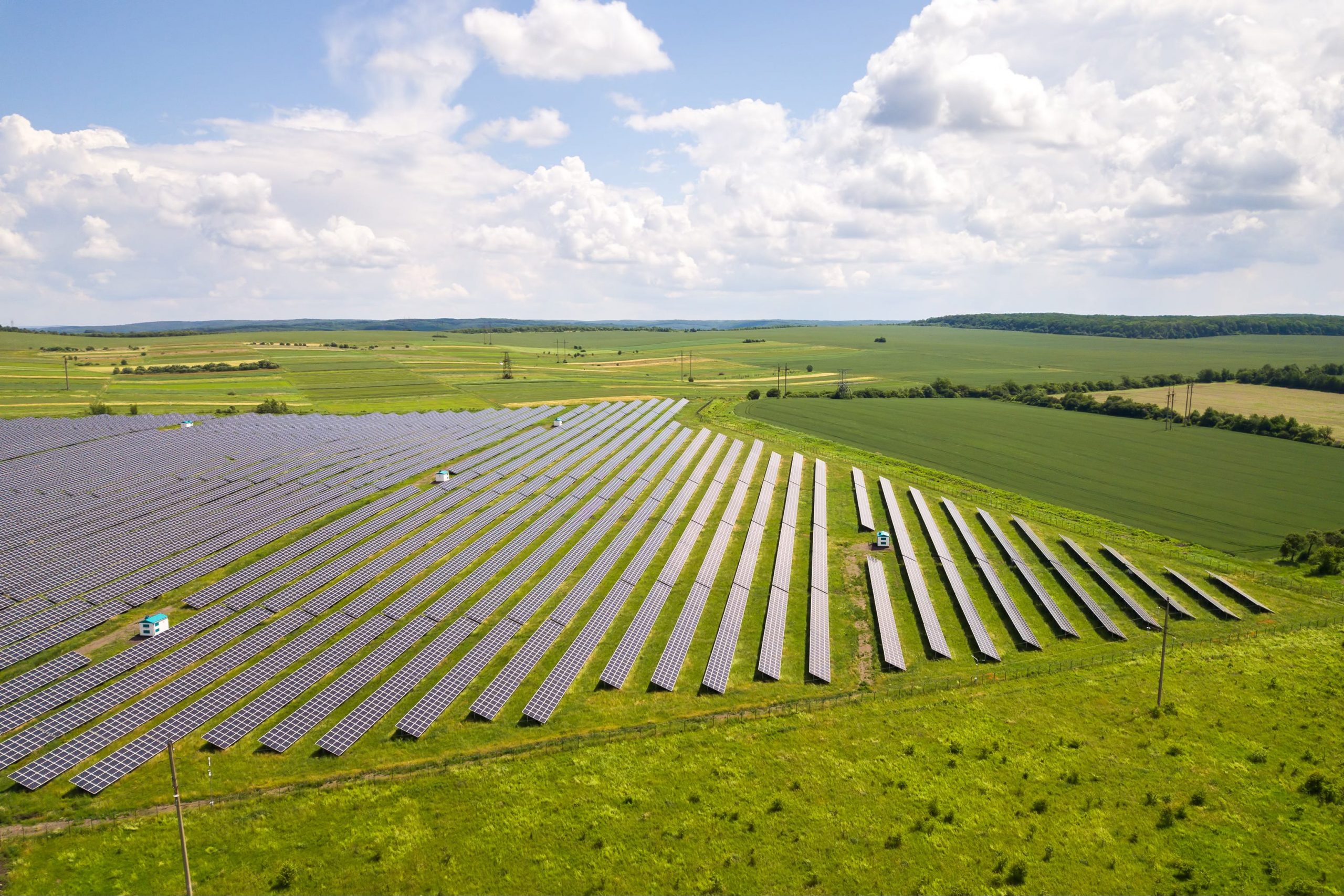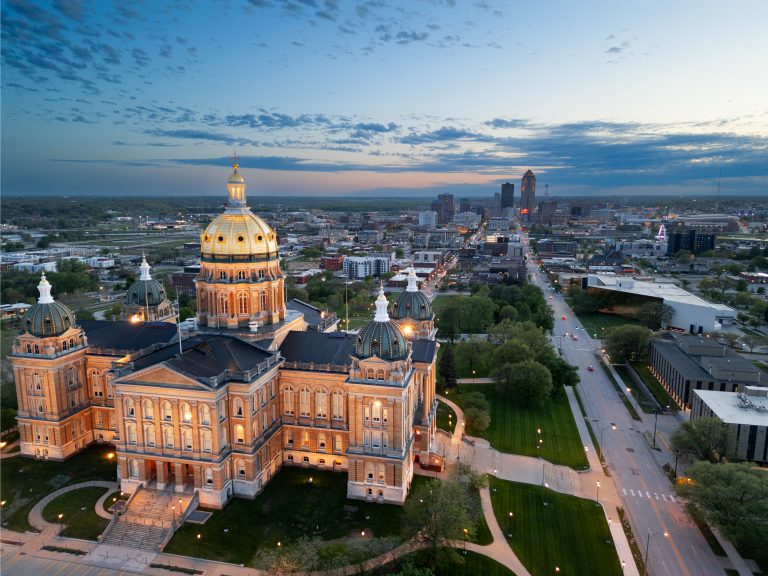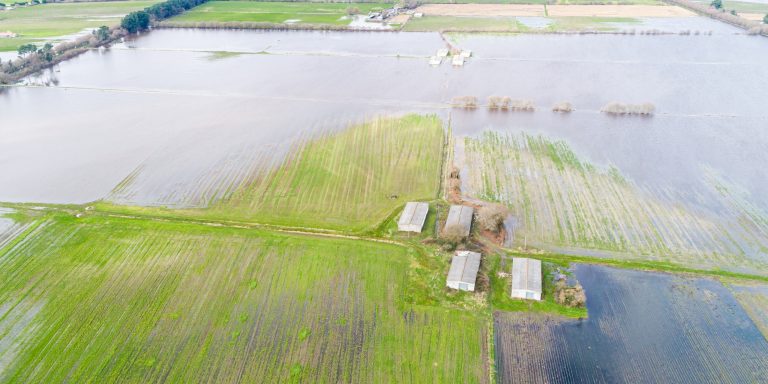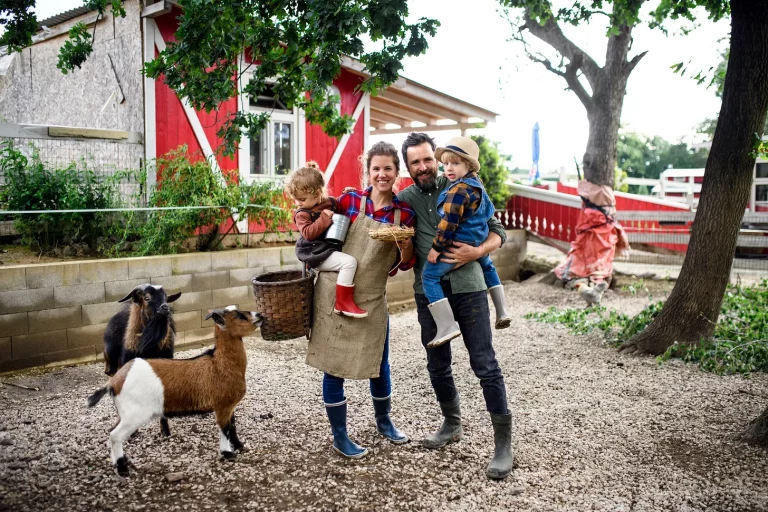How Nebraska’s Ranchers Are Fighting to Save Grazing Land—and Their Way of Life—from a Wave of Corporate Solar Expansion
Yanasa TV News
Tensions Rise as Nebraska Farmland Faces a Solar Invasion
Under Nebraska’s broad blue skies, the heart of America’s cattle country is facing a new kind of land rush—not for oil or railways, but for solar energy. In the past year, rural communities in Custer and Lancaster Counties have become battlegrounds in a high-stakes confrontation between multi-generational ranchers and one of America’s largest renewable energy companies, NextEra Energy. The proposed solar projects, some stretching across thousands of acres, are being met with rising anxiety, legal resistance, and a powerful plea to protect the region’s agricultural heritage before it’s paved over by panels.
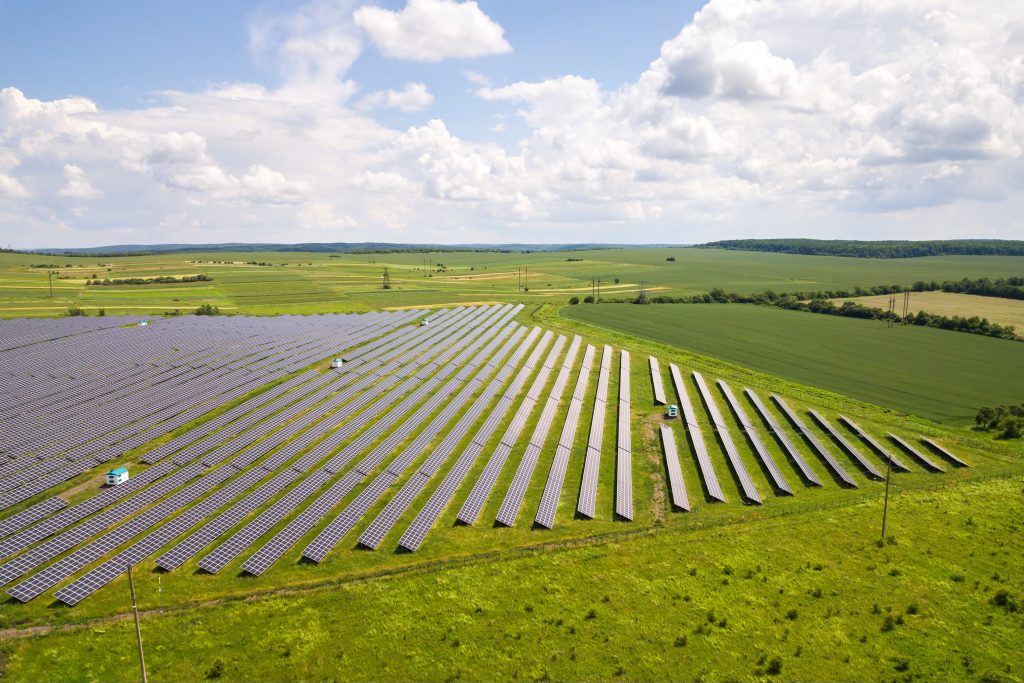
A Blueprint for Conflict: Lancaster County’s Solar Showdown
The most prominent flashpoint lies near the small village of Hallam in Lancaster County, where NextEra’s Panama Energy Center promises to become Nebraska’s largest solar installation. The company aims to blanket 2,400 acres of what is currently productive agricultural land with solar panels—enough to power 50,000 homes. This project, like others sweeping across the Plains, is fueled by federal clean-energy incentives designed to help the U.S. meet ambitious carbon reduction targets.
But the promises of clean energy and new tax revenues have done little to calm the nerves of those whose livelihoods are tied to the land. In a series of heated public hearings stretching through winter, ranchers and rural homeowners lined up to voice concerns before the Lancaster County Board. They spoke passionately of wildfire risks, the permanent loss of farmland, threats to property values, and the slow erosion of a way of life that has defined the region for generations.
Despite this outcry, the county board unanimously approved the project in January 2025—albeit with new caveats. The permit required additional buffer zones, firebreaks, bans on certain equipment, and landscape screening to address the worst of the public’s fears. Yet, for many, the approval felt like a betrayal. Less than a month later, a coalition of 19 individuals, many of them local ranchers, filed a lawsuit in district court seeking to overturn the permit. As of July, the case remains in legal limbo, with no hearing date scheduled and no construction set to begin before late 2026.
Custer County: A Second Front in the Solar Debate
Meanwhile, in neighboring Custer County, the anxiety is palpable as NextEra quietly eyes another massive project. Though local officials have not yet formally voted on the company’s proposed 1,500-acre solar array, the community’s mood has already shifted from curiosity to outright wariness. Custer County is no stranger to renewables—it’s home to several small solar arrays, including a 3.2-megawatt installation run by the local public power district. But the scale of NextEra’s plan is unprecedented, threatening to transform prime grazing land into an industrial landscape.
At recent county board meetings, residents have begun raising questions about who truly benefits from these projects. Some wonder if federal incentives are warping local priorities, encouraging out-of-state developers to treat Nebraska’s open rangeland as little more than a grid to be filled. The lack of transparency, combined with NextEra’s deep pockets and aggressive lobbying, has only intensified suspicion among ranch families already feeling squeezed by rising input costs and land prices.
Voices from the Frontline: Ranchers Push Back
For families like the Jensens—a name emblematic of countless multi-generational ranchers in the region—the proposed solar farms aren’t just a policy debate; they’re an existential threat. “Once you cover this land with solar panels, you don’t get it back for cattle. You don’t get it back for corn or hay. It’s lost for a generation, maybe more,” says Sarah Jensen, whose family has grazed cattle in Custer County for nearly a century.
Many fear that the arrival of solar panels will accelerate the decline of Nebraska’s small towns and rural schools, already stretched thin as populations dwindle. Homeowners complain that sprawling solar projects are “very ugly,” lowering property values and driving away new families. Realtors report growing unease among buyers who see the land less as a home and more as collateral damage in the nation’s green energy boom.
Yet for all the resistance, the solar industry and its allies are not backing down. NextEra claims that projects like the Panama Energy Center will generate $42 million in local tax revenue over three decades and create hundreds of construction jobs, if only temporarily. They insist that solar projects can coexist with agriculture, sometimes allowing sheep grazing between rows of panels—a point met with skepticism by most local ranchers.
The Legal and Policy Crossfire
The courts, for now, are the next battleground. In Lancaster County, the lawsuit filed in February by landowners and ranchers will test whether local officials followed proper land-use procedures and sufficiently weighed the public’s environmental and economic concerns. Meanwhile, Custer County officials are treading carefully, aware that whatever precedent is set could echo across the state and beyond.
This drama is not isolated. Nationally, critics like attorney David Begley have called solar’s expansion a “tax-incentive fad,” arguing that it diverts precious farmland from food production and rural enterprise, all to meet urban energy needs. Local officials are left balancing promises of clean energy and economic growth against the very real risk of eroding Nebraska’s agricultural backbone.
Sun or Saddle: What’s at Stake for Rural America?
A drive through Custer or Lancaster County today reveals what’s truly at stake. On one side, vast open pastures dotted with cattle, red barns, and the distant buzz of tractors—a tableau of America’s food supply and rural heritage. On the other, the shadow of steel posts, reflective panels, and a future where the land’s identity is defined by wires and substations instead of grazing herds.
For rural Nebraskans, this fight is about more than zoning laws or tax receipts. It’s about sovereignty, stewardship, and the power to decide what kind of legacy they leave their children. “We’re not against renewables,” says Jensen. “But these decisions have to put family, food, and community first—not just corporate profits or government quotas.”
What Comes Next?
As legal appeals move slowly in Lancaster and zoning hearings loom in Custer, the battle is far from over. For Yanasa TV, this story is more than timely—it is a living portrait of rural resistance in the age of corporate green energy. The outcome will help shape not only Nebraska’s landscape, but also the broader national debate over who gets to control America’s land, food, and future.

